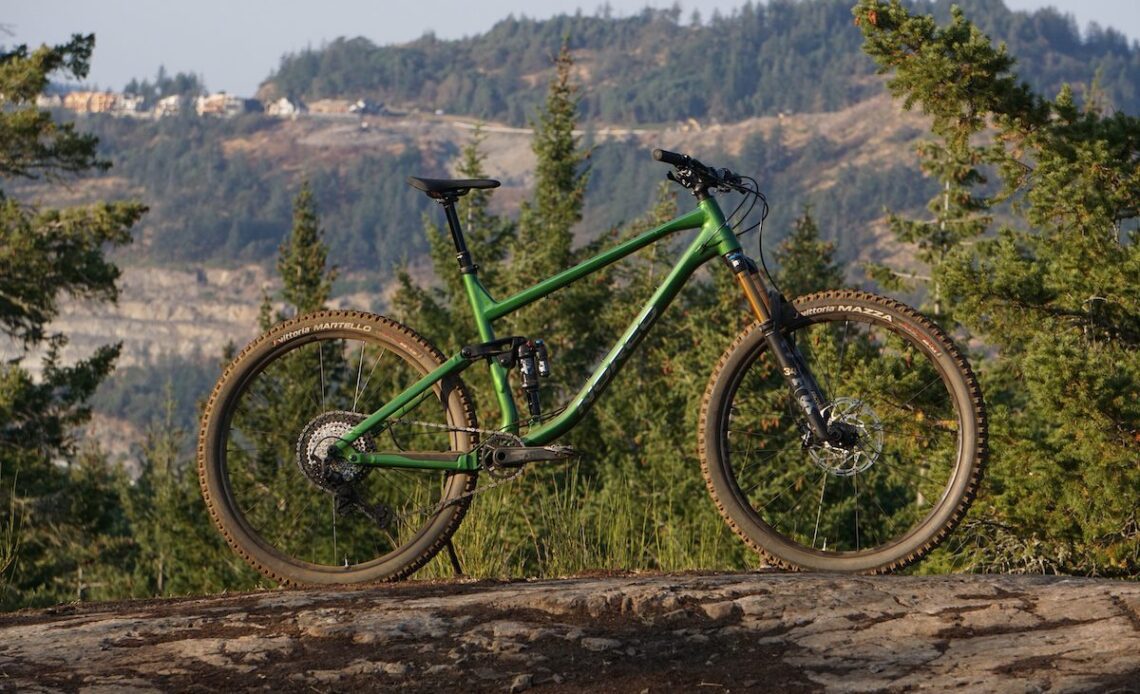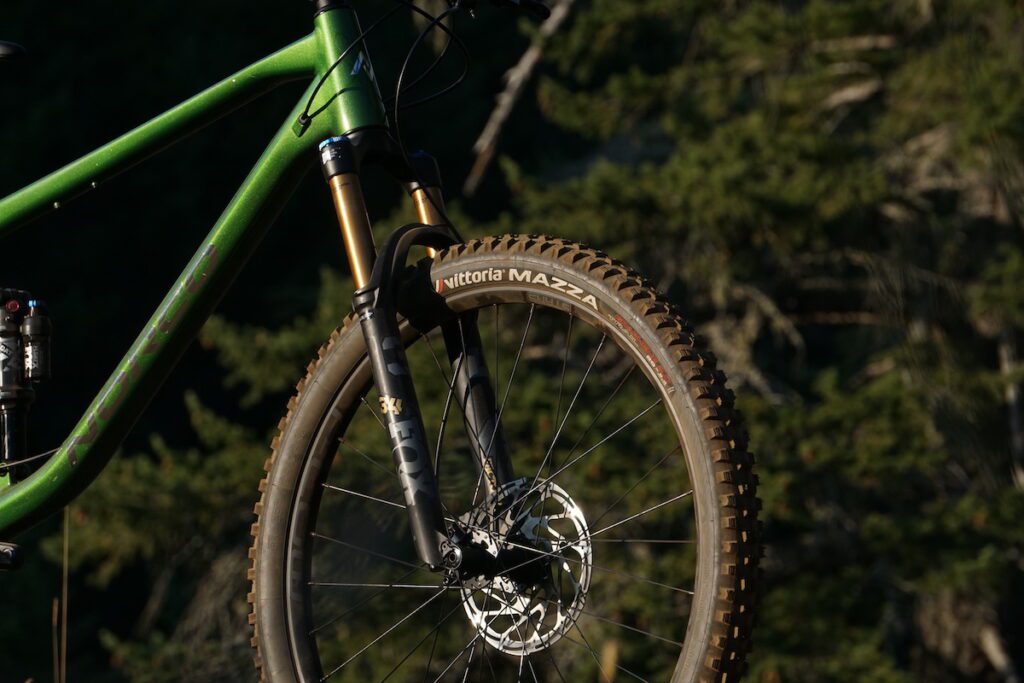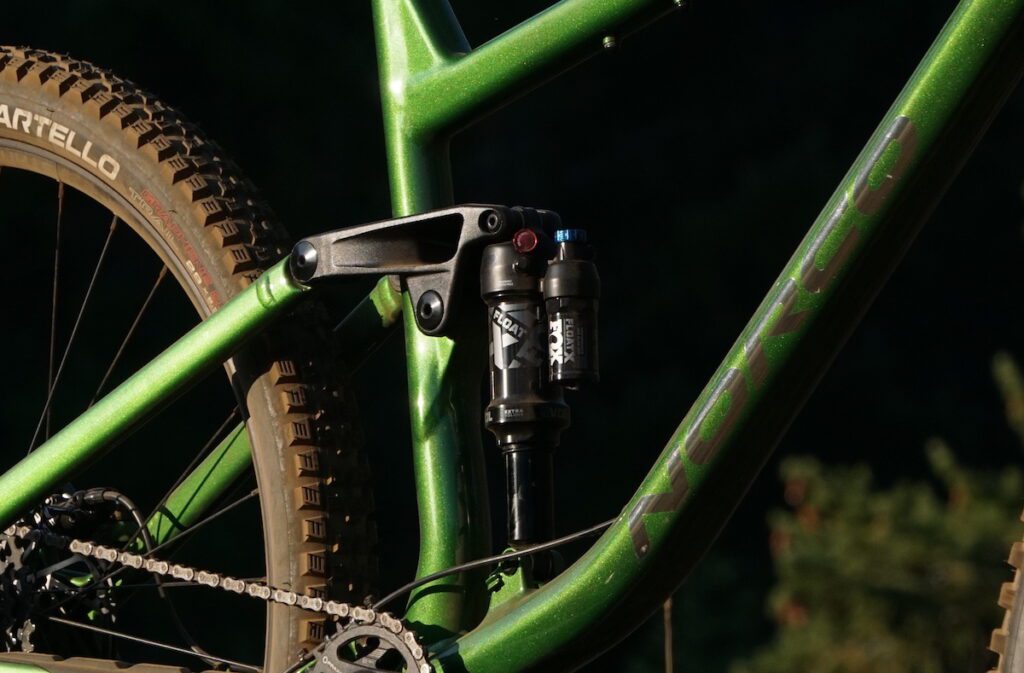When Norco rolled out the revamped Fluid FS it turned a lot of heads. More than you might expect for a “value-priced” aluminum trail bike line that, at its most expensive, tops out at $5,000.
It’s not hard to see why. The Fluid’s alloy frame borrows heavily from the very successful Optic line, but with tweaks that give it a slightly different take on what a trail bike can be. Add a very sharp parts spec, with only minor missteps, and strong pricing and the Fluid FS cuts an appealing figure in a world where bike prices only seem to be getting more expensive every year.
After a couple of months on Norco’s alloy trail bike, the Fluid backs up this initial hype. It has the ride quality and trail feel of a more expensive bike and parts that, while not top end, are certainly capable of performing in the real world. There’s always some trade-off for a more affordable bike. With the Fluid, that’s the weight.
2023 Norco Fluid FS A1
We covered the details of the new Fluid FS when it launched in July, but the quick rundown is that it is Norco’s take on a short-travel full suspension bike. It’s not the brand’s only take, of course. The brand still has the carbon fibre Optic. If the two bikes look similar, it’s not an accident. The new Fluid FS closes a design cycle that started several years ago with the previous Fluid. That bike, also an aluminum bike on a budget, led to the Optic. Now, all that is coming back around to the Fluid.
The Fluid FS isn’t just an Optic with an alloy frame. There are some subtle changes. With 130-mm rear travel and a 140-mm fork, the Fluid has a hair more travel than the 125-mm Optic. More importantly, it uses a longer-stroke shock to get that 130-mm travel. That makes the Fluid a bit more forgiving on the trail. It’s easier to get into the middle, sweet spot in the travel but it also won’t blow through all 130-mm right away and bottom out. This plays out on the trail, with the Fluid having excellent traction in corners but also handling larger features without batting an eye.
The Fluid also has a slightly higher bottom bracket than the Optic and a slightly steeper seat tube angle for more comfortable riding on a wider variety of trails. Unlike the Optic, designed to be ridden quite aggressively, the Fluid aims to be comfortable and responsive at any pace.
Click Here to Read the Full Original Article at Canadian Cycling Magazine…



